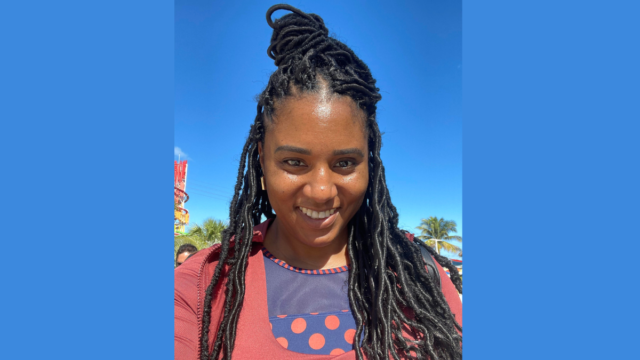
By Jasmine Smith
For many women, breast lumps don’t always signal breast cancer. According to the Mayo Clinic breast lumps can be caused by scars, fibroadenomas (benign fibrous growths), lipomas (benign fatty growths), cysts, or overgrowth of ducts.
The Initial Discovery and Lack of Communication
When breast cancer survivor Najaah Murray first discovered a small lump in her breast, she initially wasn’t concerned.
“I felt it and I was kind of like oh okay that wasn’t there yesterday…but I wasn’t too concerned about it because I have very lumpy breasts,” Murray shares. “I’ve had a lump removed before back in like 2000 and so I was like okay it’s just another one of those things.”
At the time, Murray was approaching her 40th birthday so she decided to be proactive and schedule an appointment with her OB/GYN to see what her recommendation was.
Within weeks, the lump had grown significantly, prompting her doctor to order a mammogram and biopsy as a precaution.
While awaiting the results, Murray received a shocking phone call informing her that she had stage IIIB triple-negative breast cancer, an aggressive form that disproportionately impacts Black women. Murray also faced a lack of clear communication from the medical team who weren’t taking her diagnosis seriously and addressing it with urgency, which left her feeling scared and unheard.
“It was very concerning, it was scary, and it felt like I wasn’t being taken seriously,” Murray recalls adding that a week after her diagnosis she still wasn’t able to see an oncologist. Fortunately, her journey took a turn for the better when she reached out to The University of Texas MD Anderson Cancer Center, where she finally felt her diagnosis was taken seriously and that her voice was heard.
“I contacted them via e-mail form and then someone called me right away and by the next day, I was in the oncologist’s office. So the reason I’m always like MD Anderson is so wonderful is because they were the hospital that I felt took my diagnosis seriously,” Murray shares.
Finding Connection in the Journey
At MD Anderson, Murray connected with Dr. Ajit Bisen, her oncologist, who would not only guide her through her medical treatment but also become a source of emotional support. Dr. Bisen’s youth, positivity, and the fact that he genuinely listened to her made her feel comfortable and understood like she was communicating with her brother.
“He knew that I’m young, he knew that I’m capable, and I’m not just gonna take this diagnosis and lay down with it,” Murray remarks. “We had a conversation like ‘Hey I run a business. I’m not gonna stop my business because of this. What’s the easiest way for me to
get through this and still keep thriving type of thing?’ So he just made me very comfortable. I connected with him because he was younger, but he also listened to me. And normally I like female doctors but I was totally comfortable.”

Facing the Challenges of Chemotherapy
Murray, who initially debated skipping chemotherapy due to the bad things she’d heard, underwent 20 rounds of chemotherapy, a formidable challenge that tested her both physically and emotionally. She describes the initial four treatments as particularly grueling, leaving her fatigued and nauseous. Although she lost a significant amount of weight, she found solace in coconut water and ginger candies, which helped her combat the nausea and were the only thing she was able to keep down aside from broths.
As the treatments progressed, Murray adapted to the routine, finding ways to pass the time during long sessions. During this time, she relied heavily on loved ones and allowed them to provide support, although it took some time for her to feel comfortable with this aspect due to not wanting to feel like a burden.
“The way I got through it was really my family and just knowing that this is just like a prolific time…I just gave myself a timeline like okay let’s just battle through this and within a year you should be all good and back to normal and that’s what got me through,” Murray adds.
Choosing a Double Mastectomy: Regaining Control
Given the size of the tumor, Najaah’s initial plan was to have a single mastectomy. However, she ultimately opted for a double mastectomy as a proactive measure to reduce the risk of recurrence. Her decision allowed her to regain a sense of control over her health. Fortunately, genetic testing ruled out a genetic predisposition for Murray, who is the only person on both sides of her family to have cancer.
“I felt like the mastectomy was going to be my way of controlling not having to go through this process again but then also being able to rebuild my body the way I wanted it to look,” Murray shares.
Her experience getting the mastectomy also shed light on an unexpected challenge — the limited availability of prosthetics for women with different skin tones.
“They could only do one breast at a time so they did the one and then I had to walk around with the prosthetic until I was able to get the surgery for the second one,” Murray notes. “That process was something… It was a great process… but they didn’t have any prosthetics that had brown skin — all of them were white skin. So that made a determination on what type of bra I would get because if you wear a low-cut shirt and something happens with your prosthetic, it doesn’t blend into my skin.”
Although Murray ordered a prosthetic online, it didn’t come until after she had her surgery. This inspired her to donate her prosthetic to help another woman who faced similar difficulties.

A Newfound Perspective and a Passion for Travel
Instead of deterring her, breast cancer has compelled Murray to reevaluate her life and priorities and pursue her passions. With her family’s background in the travel industry, she decided to establish her travel agency, Our Gang Travel, which is based in Houston, Texas.
The 42-year-old’s love for travel and her desire to help others experience the world has transformed her into a successful travel agent. She connects with clients, offering a personal touch and encouraging them to explore the world while they can. Her agency held its first trip with a large group in Egypt.
“I was always an entrepreneur… but to be able to link my passion with travel — with the entrepreneur spirit — was not something that would have happened [without] the diagnosis because it just lit a fire in me,” Murray shares.
Advocacy and Outreach
Murray’s journey has also brought her out of her shell, turning her into a passionate advocate for healthcare and patient advocacy. She encourages women to prioritize their health, seek medical attention when needed, and utilize available resources.
“This experience with breast cancer has made me realize that a lot of women in my age group are really scared and they don’t talk about it enough…This experience has taught me to speak up and tell people — especially people that look like me — especially women in my age group — the importance of going to get your checkups,” Murray notes.
Resources and Advice for Women Battling Breast Cancer
If you are facing breast cancer, Murray recommends utilizing the resources available at your healthcare facilities. From acupuncture to massage therapy, financial assistance, and support groups, these resources can significantly aid in the healing process.
Above all, Murray encourages women not to shy away from seeking help, both medically and emotionally.
“Don’t shy away from the help because any little help is worth it. Don’t go into your shell — don’t be a hermit. Come out and get what you need as far as resources. I don’t care what it is, take it and that’ll get you on your way to being healthy,” Murray advises.

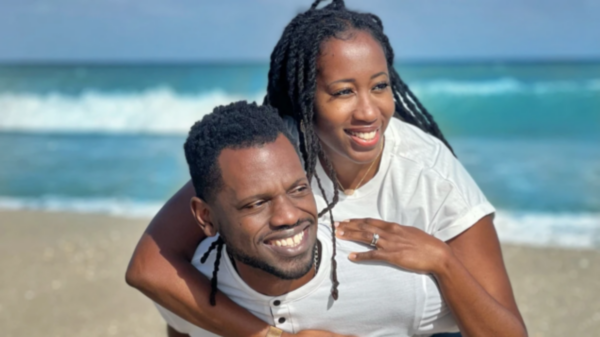

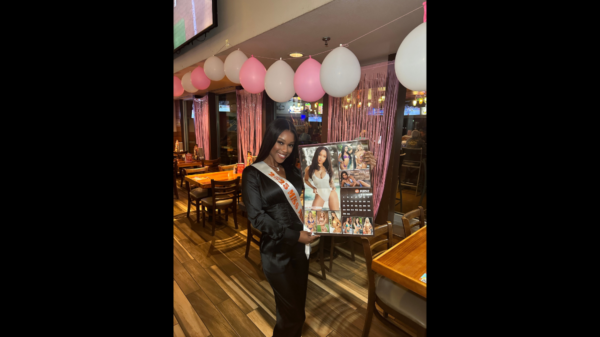
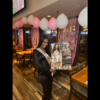
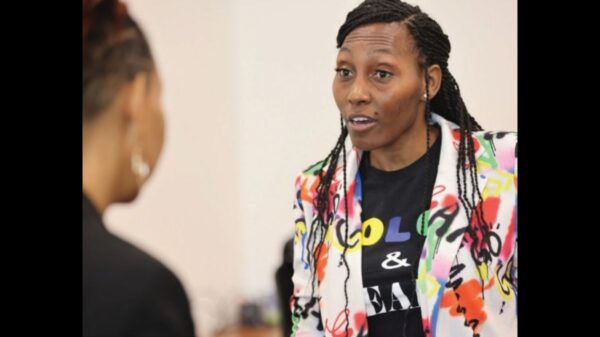
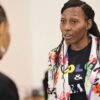
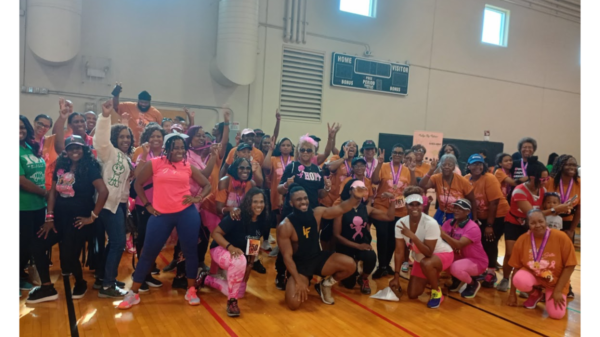
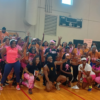
You must be logged in to post a comment Login